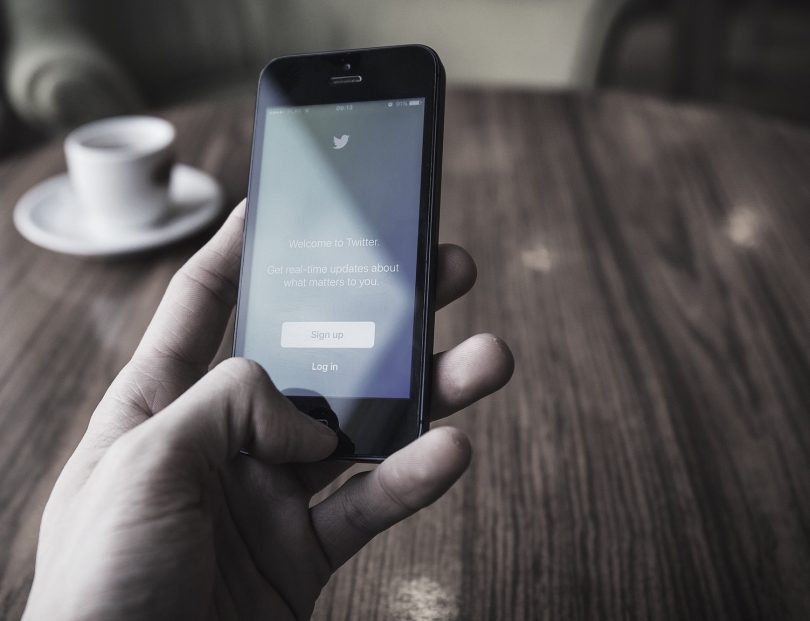In 100 years time, they will look back at history, and name the time period we are living in now as the era of technology.
Since the beginning of the 20th century, technological advancements have created a society where we are all interconnected, which has created a globalised, hegemonic society.
One of the major advancements has been the arrival of the mobile phone. Developed in 1973, distributed by Motorola, and it has created a platform of interconnectivity and a globalised society.
Journalistic usage of the mobile has given journalists another tool of communication, allowing those to make calls whenever they are on the move, which journalists constantly are.
With the constant developments in the technological era, mobiles have gone from a useful device to an incredibly important tool, necessary for a journalist to do their jobs.
Created by Apple, the iPhone, the first smartphone of its kind, allowed people to connect to the Internet, receive news and create news, through its platforms of Twitter, Facebook and other news sharing apps.
Journalists are able to utilise this relatively new technology, and newer apps have appeared for people to download onto their phones in order to receive news.
One example of this technology is receiving news. Journalists are not only able to create said news, but they now have a platform to get their news out on a constant basis. Apps such as ABC News and The Guardian notify users of breaking news, and new stories that are happening currently, only minutes after they have happened. They are able to get stories out quickly and efficiently, and therefore are helped massively from the use of mobile devices.
Another example of the journalistic use of the mobile is again, receiving a news update, but instead of having your news sent out, it is receiving news and coming up with ideas for different angles to the story.
Whilst news is often a competitive industry, getting a story out on time, you don’t always want to be pumping out the same story as others. Receiving news not only allows you to come up with different ideas, but the phone itself is a research lab. A Safari or Google search to the actual article, or searching the names of talents or the location can lead to new story ideas or angles.
Technology has improved leaps and bounds, and the mobile is one of those advancements. It has led to huge journalistic improvement, and will continue to do so with future developments.

